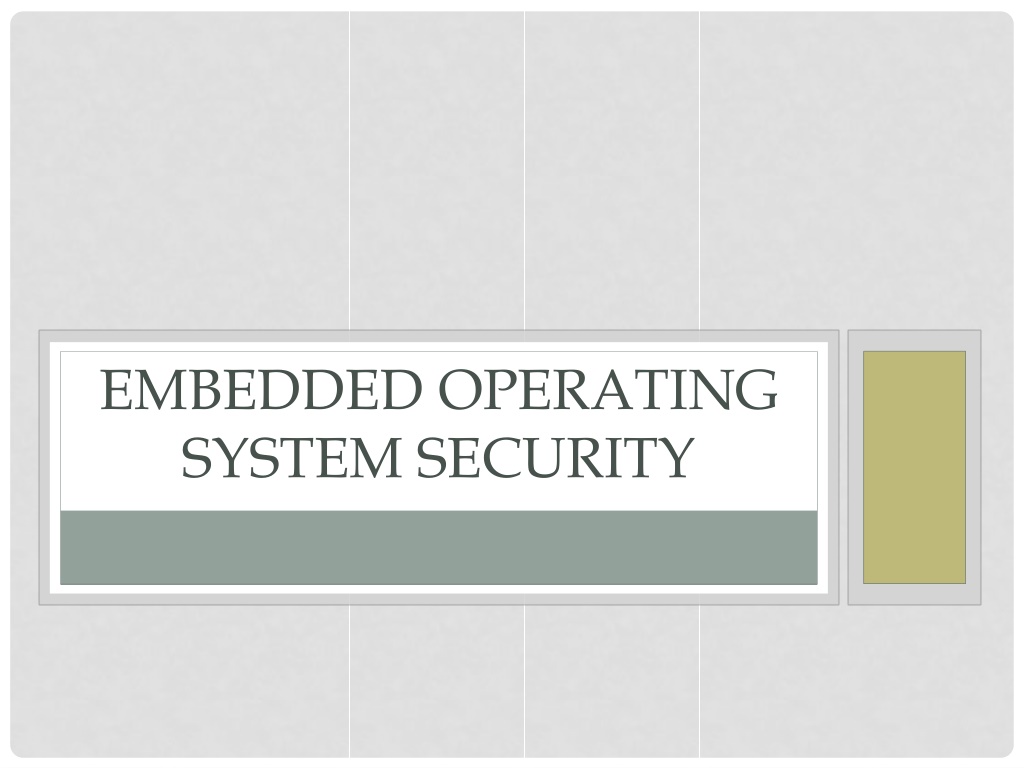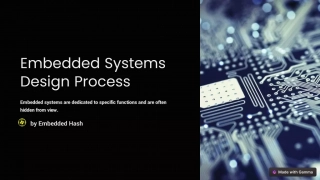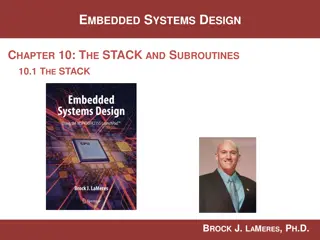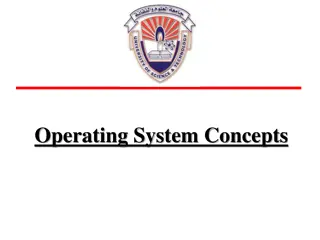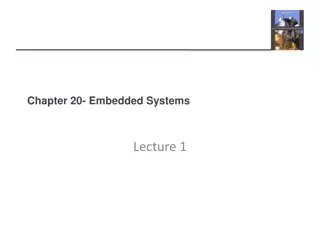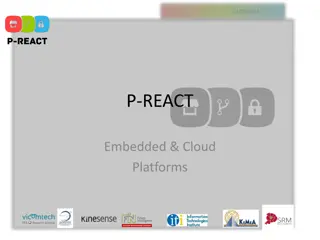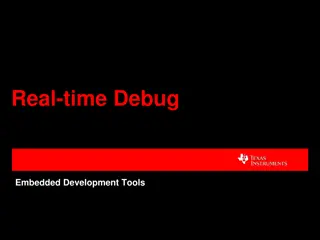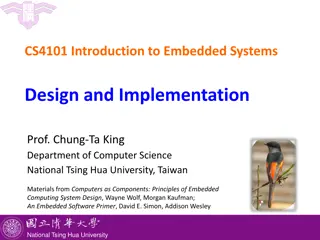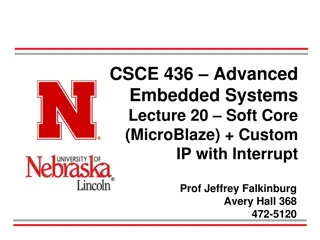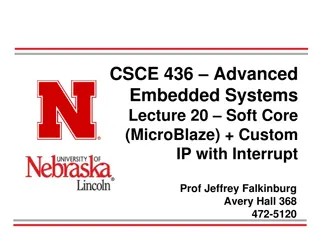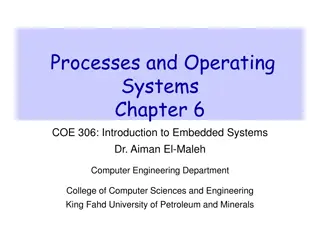Understanding Embedded Operating System Security
Embedded operating systems are designed for special purposes with limited resources and small sizes, found in various devices like ATMs, smartphones, cars, and more. Common operating systems include VxWorks, Windows, QNX, and SCADA, with different applications and requirements. Windows CE stands out as a distinct operating system, not a stripped-down version of desktop Windows. It offers unique security challenges in the realm of embedded systems.
Download Presentation

Please find below an Image/Link to download the presentation.
The content on the website is provided AS IS for your information and personal use only. It may not be sold, licensed, or shared on other websites without obtaining consent from the author. Download presentation by click this link. If you encounter any issues during the download, it is possible that the publisher has removed the file from their server.
E N D
Presentation Transcript
EMBEDDED OPERATING SYSTEM SECURITY
EMBEDDED OPERATING SYSTEMS Special purpose, often limited, operating system Primary goals: Reliability Operate with limited system resources Small size (either in LOC or physically)
WHERE DO WE FIND THEM? Everywhere ATMs GPSs Smartphones Printers Fax Machines Firewalls Switches Routers Drones Watches Microwaves Ovens Thermostats Cars Game Consoles 3D printers Coffee Makers Refrigerators Toasters Tablets Headphones Traffic Lights Elevators Cameras POS terminals Smoke Detectors Vending Machines Gas Pumps Parking Kiosks Satellites Telescopes Rovers Amusement rides HVAC equipment etx
COMMON OPERATING SYSTEMS VxWorks Applications: Clementine spacecraft Deep Impact space probe Mars exploration rovers Spirit and Opportunity Mars Phoenix Lander
COMMON OPERATING SYSTEMS Various version of Windows XP 10 oh goody (-_-) Windows 7, for example requires only: 1 GHz x86 or amd64 processor. 512 MB of system memory (1GB recommended for amd64) 1 GB free space on hard disk drive (HDD) or flash-based Solid State Drive (SSD) (4 GB recommended)
COMMON OPERATING SYSTEMS QNX Applications: Blackberry phones and tablets Multiple subversions tailored for specific tasks Automotive Medical Realtime Embedded systems
COMMON OPERATING SYSTEMS SCADA: Supervisory control and data acquisition Applications: Equipment monitoring in large industries
WHY IS WINCE SCARY? Windows CE is a different operating system and kernel It is not a trimmed-down version of desktop Windows It is not Windows XP Embedded which is NT-based Windows CE is
WHY IS WINCE SCARY? Windows CE is a different operating system and kernel It is not a trimmed-down version of desktop Windows It is not Windows XP Embedded which is NT-based Windows CE is DOS based
USES Industrial Controllers Digital Cameras Print-Copy-Scan Multifunction Printers
FEATURES Latest Release: June 2013 The Platform Builder IDE is integrated into Microsoft Visual Studio as plugin Which is pretty standard for Microsoft Development No Current Working Directory concept All File paths are static Limited encryption libraries Prefers to do all its talking in plain text Even over networks
THREATS AND VULNERABILITIES There's a fad currently going on in the IT world I.O.T
IOT The popularity of IOT has increased the number of Internet facing devices Thus making many more possible targets This is where DDoS attacks get their firepower Most IOT devices are wireless Or at least use WiFi for communication
PHYSICAL VULNERABILITY Most embedded systems are intended for automation or data gathering Meaning they are often where people aren t
PROGRAMMING ERRORS Were human mistakes happen Remember Heartbleed?
HARDWARE LIMITATIONS Most embedded systems are design to run on minimal hardware This opens the door to: Buffer overflow attacks Memory management Input parsing
ACCESS CONTROL Limited system resources, means not a lot of extra space for toys Good random number generators Complex cryptographic libraries Remember PublicKey/PrivateKey > pre-shared key But takes 100 times as much computing Elaborate password checking routines
BEST PRACTICES FOR SECURITY Minimize the attack surface Least privilege Restricting network access Defense in depth Diversity in defense Secure the weakest link Fail-safe stance Assume external systems are insecure Secure by default Simplicity and usability Upgrade or replace embedded systems that can t be fixed or pose an unacceptable risk
